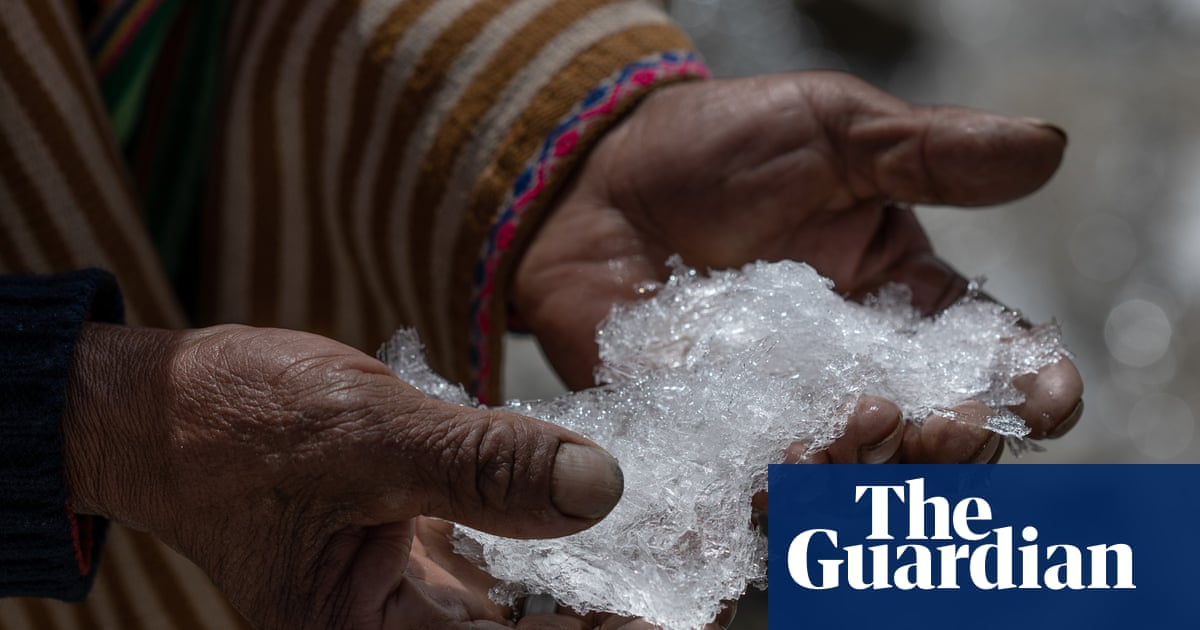
In August 2018, the then 15-year-old Greta Thunberg started spending her school days outside the Swedish parliament calling for stronger action on climate change. It might sound perverse, a teacher supporting kids taking time off school, but spreading awareness of environmental issues is something I’ve always been passionate about. The challenge is finding a way to give them a meaningful climate education in the classroom.
As a middle school (aged nine to 13) science teacher, I’ve seen pupils react to the climate crisis in a number of ways. I still hear “my dad says it’s not real” every once in a while, but mostly they are interested. Interested in how oil companies obfuscated the truth, interested in the science, and interested in what the future holds now that we’re “running out of time”.
With so much focus on children – the ones who will have to live with the coming ecological disaster – the role of education is key. This summer has seen unprecedented wildfires and floods. Pupils see scenes of biblical devastation on the news, but in many schools they are not being given the required information or context and this can lead to misunderstanding or anxiety.
As a 15-year-old in 1984, I was lucky enough to have a geography teacher who was somewhat ahead of her time. She talked us through the greenhouse effect, the increasing levels of carbon dioxide resulting from the burning of fossil fuels, and even covered the slowing down of the Gulf Stream. What is shocking is that the depth and availability of formal climate education has barely changed since then, despite tough talk on the issue from politicians including the education secretary, Gavin Williamson.
There is still no mention of the climate crisis in the national curriculum for England in primary schools, and in key stage 3 science very little of the curriculum relates to climate education. Incredibly, the last major update to the national geography curriculum for England in 2013 saw the then education secretary, Michael Gove, attempt to drop climate change.
In essence, the causes and effects of the climate crisis are now taught in most secondary schools. What’s not being taught are the practical skills needed to transition towards a net zero lifestyle. Climate change isn’t tangible – young students lack the frame of reference to care if daffodils flower earlier every year or each summer is hotter than the last.
So what needs to change? We need a green curriculum that starts in early years and extends through all key stages. Properly taught, climate change education should be a thread through all subjects – not just science and geography – from the food miles of the ingredients we cook in food technology to debates on humanitarian issues such as mass migration in religious education or personal, social, health and economic (PSHE) education.
Working in a state school means I am duty bound to teach lessons within the confines of the national curriculum. As far as this allows, I have sought to enrich my pupils’ learning with fieldwork, hands-on science, technology, engineering and mathematics (STEM) challenges and even gardening. But not every school has the resources or expertise to bring climate education into the classroom. Earlier this year, the climate education campaign group Teach the Future reported that seven in 10 UK teachers say they have not received adequate training to educate their students on the climate crisis.
In terms of sustainability, the Scottish “curriculum for excellence” is far ahead of England’s. It aims for every school to develop a coherent ethos that impacts on their culture, curriculum and campus, and connects them fully to their wider communities. The new Welsh curriculum, to be introduced in September 2022, allows for more leeway to focus on environmental education and calls for pupils to “show their commitment to the sustainability of the planet”.
Fortunately, there is a huge wealth of resources available for teachers, from the Royal Society, British Council and the WWF to name a few. For teachers who have seen the recent headlines and want to deliver climate education, it can seem bamboozling, and this is where the Department for Education (DfE) and a strong national curriculum could help.
Indeed, the Cop26 president, Alok Sharma, has written to Williamson setting out the DfE’s role in the run-up to the Cop26 climate conference. The department has been tasked with “profiling England as a trailblazer on climate education”, and “securing buy-in from primary school senior leaders and unions”.
Any state school teacher will be familiar with Ofsted’s dreaded “3 Is”: intent, implementation and impact. But they provide a useful guide to structuring a child’s learning. Climate is no exception and a greener curriculum should prepare pupils for their future on a deteriorating planet (intent); use up-to-date resources on environmental education throughout the curriculum (implementation); and ensure pupils understand how their actions affect the planet (impact).
Almost four decades on from when I first heard about climate change, I fear my generation has missed its chance to avert doom. But the stark realities of the “inevitable”, “unprecedented” and “irreversible” crisis on the horizon mean the 15-year-olds of today cannot afford to be ignorant.
Meryl Batchelder is a science teacher at Corbridge middle school, Northumberland, and a UN accredited climate change teacher












